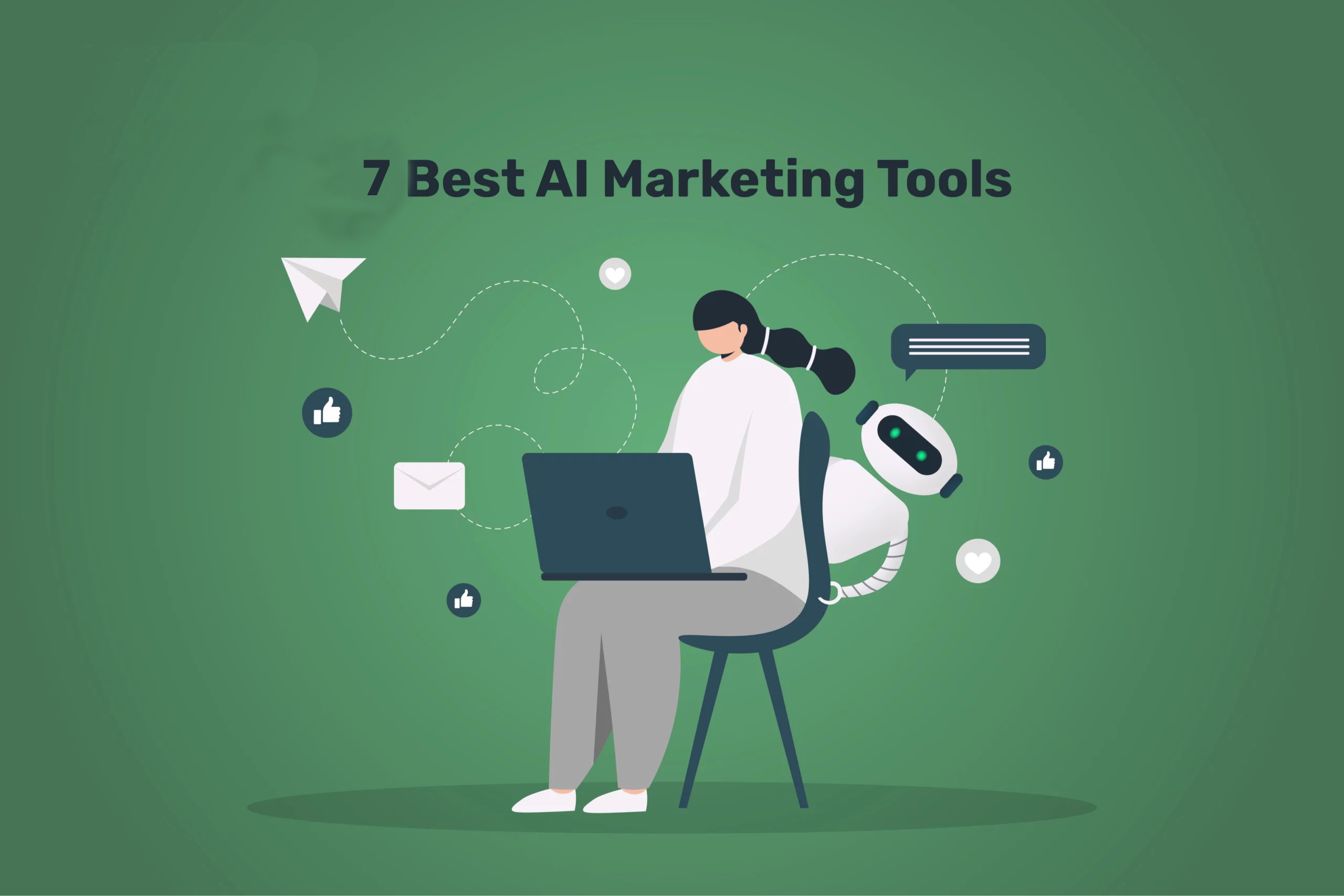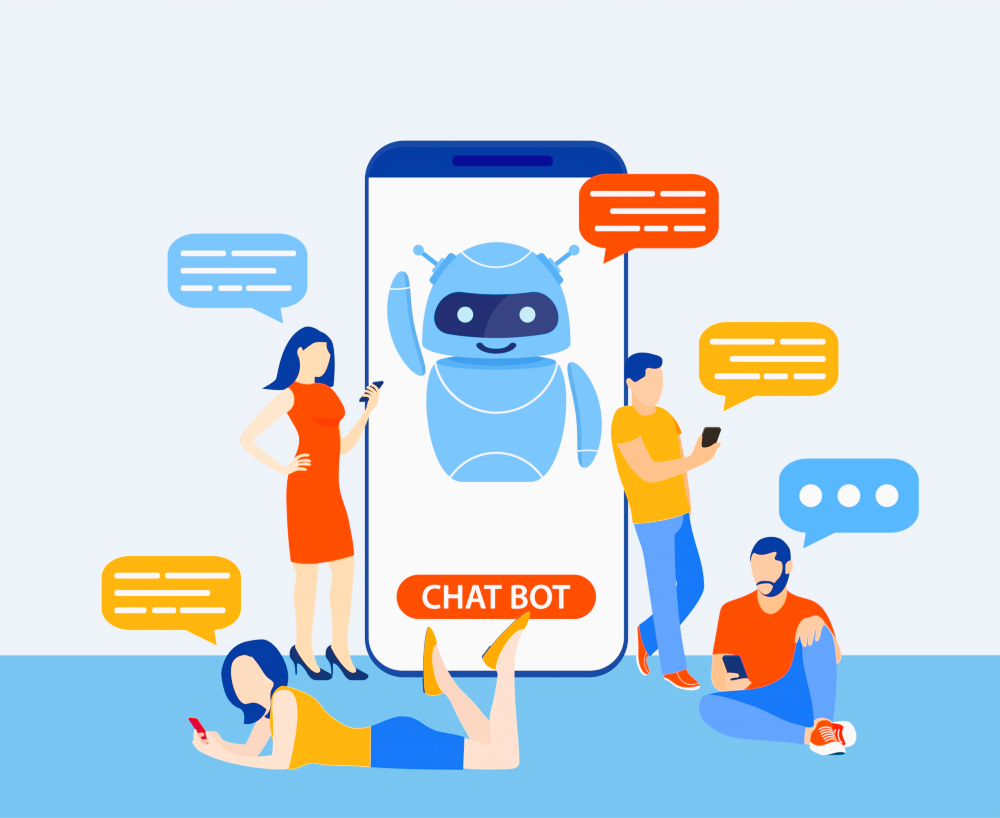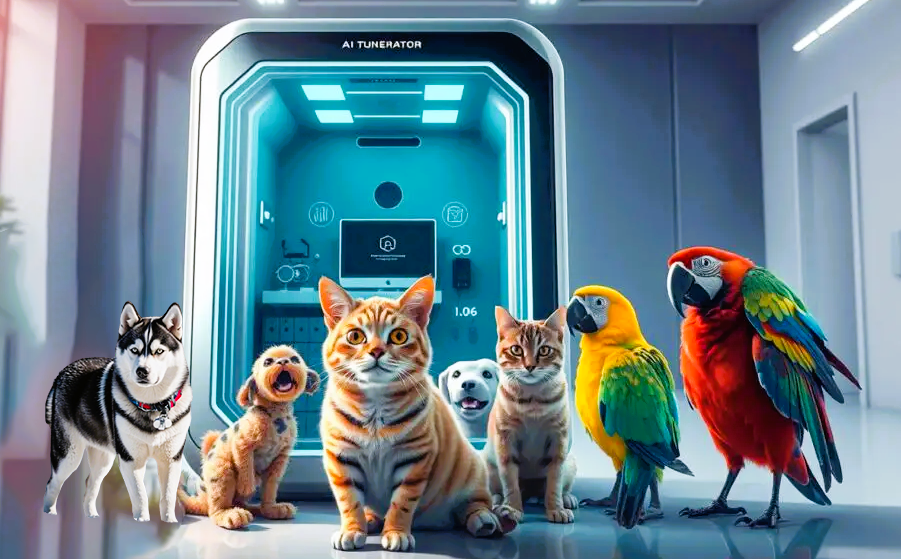AI chatbots are rapidly gaining popularity in our technology-driven world. They are computer programs designed to interact with users through text or voice, providing answers, assistance, and information. As more businesses and individuals seek efficient ways to communicate and solve problems, understanding how AI chatbots work and the benefits they offer is increasingly important. This article aims to provide an overview of AI chatbot online, including their definitions, types, functionality, applications, and future trends.
What is an AI Chatbot?
An AI chatbot is a software application that uses artificial intelligence (AI) to simulate conversations with users. Unlike traditional chatbots, which follow a fixed set of rules, AI chatbots can understand and generate human-like responses. They rely on natural language processing (NLP) to interpret user input, analyze it, and respond appropriately. This ability allows them to engage in conversations that feel more natural and intuitive.
For example, when you ask an AI chatbot a question, it doesn’t just search for predefined answers. Instead, it uses AI algorithms to understand the context and meaning of your words. This enables the chatbot to provide relevant information or assistance based on what you’re asking.
Types of AI Chatbots
There are two main types of AI chatbots: rule-based chatbots and AI-driven chatbots.
1. Rule-Based Chatbots
Rule-based chatbots operate based on predefined rules and scripts. They follow a set of guidelines to provide answers to specific questions. For example, a rule-based chatbot on a restaurant website may guide users through the menu and help them make reservations. However, these chatbots are limited in their responses and can need help with unexpected questions or complex queries.
Example: A customer might ask a rule-based chatbot, “What are your hours of operation?” The chatbot can answer this question if it has been programmed with that information. However, if the customer asks, “Can I bring my dog to the patio?” the chatbot may not have a suitable response if it wasn’t included in its rules.
2. AI-Driven Chatbots
AI-driven chatbots, on the other hand, use machine learning and NLP to provide more dynamic and flexible interactions. They can learn from user interactions and improve their responses over time. This type of chatbot is more capable of handling a broader range of questions and adapting to different conversational styles.
Example: An AI-driven chatbot on an e-commerce website can assist users in finding products, checking order status, or even suggesting related items based on previous interactions. If a user asks, “What should I wear for a wedding?” the AI chatbot can analyze the context and provide fashion recommendations.
How AI Chatbot Online Works

AI chatbots rely on several technologies to function effectively, with two key components being natural language processing (NLP) and machine learning.
1. Natural Language Processing (NLP)
NLP is a branch of AI that focuses on the interaction between computers and humans through natural language. It enables chatbots to understand, interpret, and generate human language. NLP involves several processes:
- Tokenization: Breaking down sentences into individual words or phrases for analysis.
- Sentiment Analysis: Understanding the emotional tone behind user inputs, allowing the chatbot to respond appropriately.
- Entity Recognition: Identifying key information, such as names, dates, and locations, within user queries.
By employing NLP techniques, AI chatbots can engage in more meaningful and context-aware conversations with users.
2. Machine Learning
Machine learning is another critical aspect of AI chatbots. It involves training algorithms to recognize patterns in data and make predictions or decisions based on that data. When users interact with chatbots, the chatbot collects data on those interactions. This data is used to improve future responses.
For example, suppose a user frequently asks about a specific product. In that case, the chatbot can learn that this product is of interest to that user and proactively suggest it in future conversations. Over time, the chatbot becomes better at understanding user preferences and providing relevant information.
Benefits of Using AI Chatbots
AI chatbots offer numerous advantages for both businesses and users. Here are some key benefits:
1. 24/7 Availability
AI chatbots can operate around the clock, assisting users at any time of day. This constant availability means that users can get help whenever they need it without having to wait for business hours.
2. Instant Responses
Chatbots can provide immediate answers to user queries, significantly reducing wait times. Users appreciate quick responses, especially in customer service scenarios where time is of the essence.
3. Cost-Effectiveness
For businesses, implementing AI chatbots can be a cost-effective solution. They can handle a high volume of inquiries without the need for additional staff. This efficiency can lead to substantial cost savings in customer service operations.
4. Enhanced Customer Experience

AI chatbots enhance the overall customer experience by providing personalized and timely support. Users feel valued when they receive immediate assistance, leading to higher satisfaction levels and increased loyalty.
Common Applications of AI Chatbots
AI chatbots are being used across various industries to improve customer interactions and streamline processes. Here are some common applications:
1. Customer Service
In customer service, chatbots are employed to handle routine inquiries, troubleshoot common issues, and provide information about products or services. For example, a telecommunications company might use a chatbot to assist customers with billing questions or technical support.
2. E-commerce
E-commerce businesses utilize chatbots to guide customers through the shopping process. They can help users find products, answer questions about orders, and assist with returns or exchanges. This capability can significantly enhance the online shopping experience.
3. Healthcare
In the healthcare sector, chatbots can help patients manage appointments, provide information about medications, and offer general health advice. For instance, a healthcare chatbot can remind patients about upcoming appointments or suggest preventive care measures.
4. Real Estate
Real estate agencies use chatbots to help potential buyers or renters find properties based on their preferences. They can answer questions about listings, schedule viewings, and provide information about neighborhoods.
Choosing the Right AI Chatbot for Your Needs
When considering implementing an AI chatbot, it’s essential to choose one that aligns with your specific needs. Here are some factors to consider:
1. Purpose
Define the main purpose of your chatbot. Is it for customer support, sales, or information dissemination? Knowing the chatbot’s intended role will guide your selection process.
2. Audience
Consider who will be using the chatbot. Understanding your audience’s preferences and behavior can help you select a chatbot that resonates with them. For example, a more casual chatbot might work well for a younger audience, while a professional tone may be better suited for a corporate environment.

3. Budget
Evaluate your budget for chatbot implementation. Some platforms offer free or low-cost options, while others may require significant investment. Assess the features you need and find a chatbot that fits your financial constraints.
4. Platform Compatibility
Ensure the chatbot integrates well with your existing systems and platforms. Compatibility with your website, social media, and customer relationship management (CRM) software can enhance the chatbot’s effectiveness.
Challenges and Limitations of AI Chatbots
While AI chatbots offer many benefits, they also face challenges and limitations:
1. Misunderstandings
Chatbots may misinterpret user queries, leading to incorrect or irrelevant responses. This issue can frustrate users, especially if they are still waiting to receive the help they need.
2. Lack of Empathy
AI chatbots lack human emotions and empathy, which can make interactions feel robotic. In situations where users seek emotional support or understanding, a chatbot may need to catch up.
3. Human Oversight
While chatbots can handle many tasks, human oversight is essential for complex issues. Having a human available to intervene when a chatbot cannot resolve a problem ensures users receive the support they need.
Future Trends in AI Chatbots
The future of AI chatbots looks promising, with several anticipated trends:
1. Improved Understanding
Advancements in natural language processing will enhance chatbots’ ability to understand and respond to user emotions and contexts more effectively, leading to more meaningful conversations.
2. Integration with Other Technologies
AI chatbots will increasingly integrate with other technologies, such as voice assistants and Internet of Things (IoT) devices. This integration will create seamless experiences for users, allowing them to interact with multiple devices through a single chatbot interface.
3. Widespread Adoption
More businesses across various industries will adopt AI chatbots to enhance customer interactions. As technology improves and costs decrease, even small businesses will find it feasible to implement chatbots.
Conclusion
AI chatbots are becoming essential tools for businesses and individuals alike. Their ability to provide instant responses, 24/7 availability, and cost-effective solutions makes them valuable assets in today’s fast-paced world. By understanding how AI chatbots work, their benefits, and their applications, you can explore the potential of these technologies for your personal or business use.
As AI chatbot technology continues to evolve, now is an excellent time to consider how it can enhance your communication and improve user experiences. Whether you’re a business owner looking to streamline customer service or an individual seeking quick information, AI chatbots can offer innovative solutions to meet your needs.





